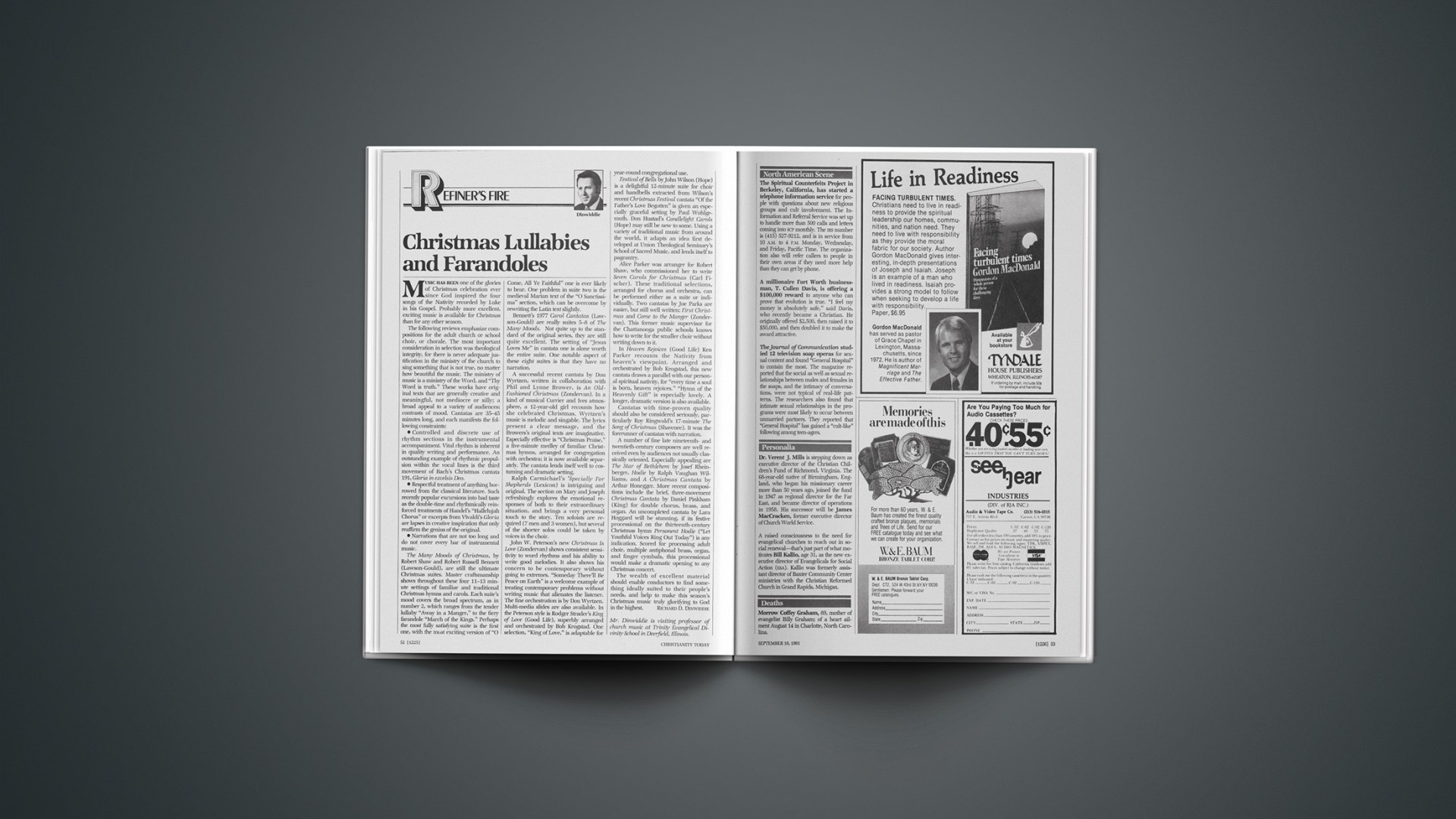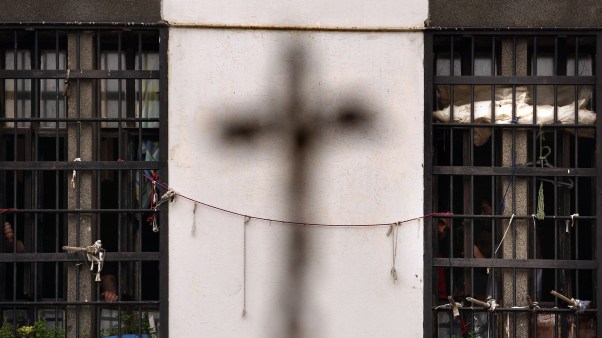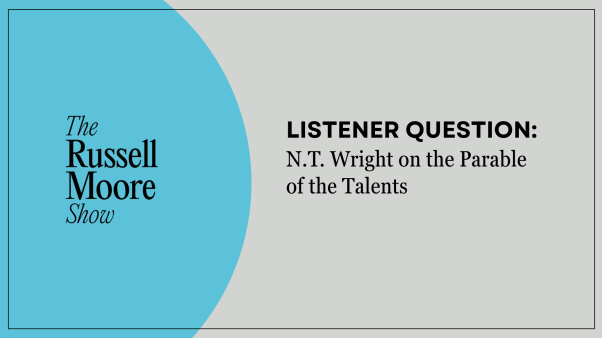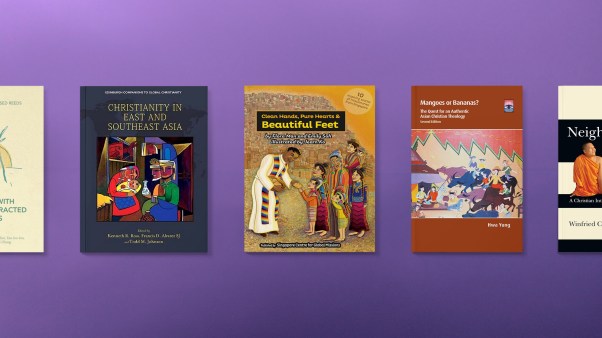Music has been one of the glories of Christmas celebration ever since God inspired the four songs of the Nativity recorded by Luke in his Gospel. Probably more excellent, exciting music is available for Christmas than for any other season.
The following reviews emphasize compositions for the adult church or school choir, or chorale. The most important consideration in selection was theological integrity, for there is never adequate justification in the ministry of the church to sing something that is not true, no matter how beautiful the music. The ministry of music is a ministry of the Word, and “Thy Word is truth.” These works have original texts that are generally creative and meaningful, not mediocre or silly; a broad appeal to a variety of audiences; contrasts of mood. Cantatas are 35–45 minutes long, and each manifests the following constraints:
• Controlled and discrete use of rhythm sections in the instrumental accompaniment. Vital rhythm is inherent in quality writing and performance. An outstanding example of rhythmic propulsion within the vocal lines is the third movement of Bach’s Christmas cantata 191, Gloria in excelsis Deo.
• Respectful treatment of anything borrowed from the classical literature. Such recently popular excursions into bad taste as the double-time and rhythmically reinforced treatments of Handel’s “Hallelujah Chorus” or excerpts from Vivaldi’s Gloria are lapses in creative inspiration that only reaffirm the genius of the original.
• Narrations that are not too long and do not cover every bar of instrumental music.
The Many Moods of Christmas, by Robert Shaw and Robert Russell Bennett (Lawson-Gould), are still the ultimate Christmas suites. Master craftsmanship shows throughout these four 11–13 minute settings of familiar and traditional Christmas hymns and carols. Each suite’s mood covers the broad spectrum, as in number 2, which ranges from the tender lullaby “Away in a Manger,” to the fiery farandole “March of the Kings.” Perhaps the most fully satisfying suite is the first one, with the most exciting version of “O Come, All Ye Faithful” one is ever likely to hear. One problem in suite two is the medieval Marian text of the “O Sanctissima” section, which can be overcome by rewriting the Latin text slightly.
Bennett’s 1977 Carol Cantatas (Law-son-Gould) are really suites 5–8 of The Many Moods. Not quite up to the standard of the original series, they are still quite excellent. The setting of “Jesus Loves Me” in cantata one is alone worth the entire suite. One notable aspect of these eight suites is that they have no narration.
A successful recent cantata by Don Wyrtzen, written in collaboration with Phil and Lynne Brower, is An Old-Fashioned Christmas (Zondervan). In a kind of musical Currier and Ives atmosphere, a 12-year-old girl recounts how she celebrated Christmas. Wyrtzen’s music is melodic and singable. The lyrics present a clear message, and the Browers’s original texts are imaginative. Especially effective is “Christmas Praise,” a five-minute medley of familiar Christmas hymns, arranged for congregation with orchestra; it is now available separately. The cantata lends itself well to costuming and dramatic setting.
Ralph Carmichael’s ’Specially For Shepherds (Lexicon) is intriguing and original. The section on Mary and Joseph refreshingly explores the emotional responses of both to their extraordinary situation, and brings a very personal touch to the story. Ten soloists are required (7 men and 3 women), but several of the shorter solos could be taken by voices in the choir.
John W. Peterson’s new Christmas Is Love (Zondervan) shows consistent sensitivity to word rhythms and his ability to write good melodies. It also shows his concern to be contemporary without going to extremes. “Someday There’ll Be Peace on Earth” is a welcome example of treating contemporary problems without writing music that alienates the listener. The fine orchestration is by Don Wyrtzen. Multi-media slides are also available. In the Peterson style is Rodger Strader’s King of Love (Good Life), superbly arranged and orchestrated by Bob Krogstad. One selection, “King of Love,” is adaptable for year-round congregational use.
Festival of Bells by John Wilson (Hope) is a delightful 12-minute suite for choir and handbells extracted from Wilson’s recent Christmas Festival cantata “Of the Father’s Love Begotten” is given an especially graceful setting by Paul Wohlgemuth. Don Hustad’s Candlelight Carols (Hope) may still be new to some. Using a variety of traditional music from around the world, it adapts an idea first developed at Union Theological Seminary’s School of Sacred Music, and lends itself to pageantry.
Alice Parker was arranger for Robert Shaw, who commissioned her to write Seven Carols for Christmas (Carl Fischer). These traditional selections, arranged for chorus and orchestra, can be performed either as a suite or individually. Two cantatas by Joe Parks are easier, but still well written: First Christmas and Come to the Manger (Zondervan). This former music supervisor for the Chattanooga public schools knows how to write for the smaller choir without writing down to it.
In Heaven Rejoices (Good Life) Ken Parker recounts the Nativity from heaven’s viewpoint. Arranged and orchestrated by Bob Krogstad, this new cantata draws a parallel with our personal spiritual nativity, for “every time a soul is born, heaven rejoices.” “Hymn of the Heavenly Gift” is especially lovely. A longer, dramatic version is also available.
Cantatas with time-proven quality should also be considered seriously, particularly Roy Ringwald’s 17-minute The Song of Christmas (Shawnee). It was the forerunner of cantatas with narration.
A number of fine late nineteenth-and twentieth-century composers are well received even by audiences not usually classically oriented. Especially appealing are The Star of Bethlehem by Josef Rhein-berger, Hodie by Ralph Vaughan Williams, and A Christmas Cantata by Arthur Honegger. More recent compositions include the brief, three-movement Christmas Cantata by Daniel Pinkham (King) for double chorus, brass, and organ. An uncompleted cantata by Lara Hoggard will be stunning, if its festive processional on the thirteenth-century Christmas hymn Personent Hodie (“Let Youthful Voices Ring Out Today”) is any indication. Scored for processing adult choir, multiple antiphonal brass, organ, and finger cymbals, this processional would make a dramatic opening to any Christmas concert.
The wealth of excellent material should enable conductors to find something ideally suited to their people’s needs, and help to make this season’s Christmas music truly glorifying to God in the highest.
RICHARD D. DINWIDDIE1Mr. Dinwiddie is visiting professor of church music at Trinity Evangelical Divinity School in Deerfield, Illinois.










